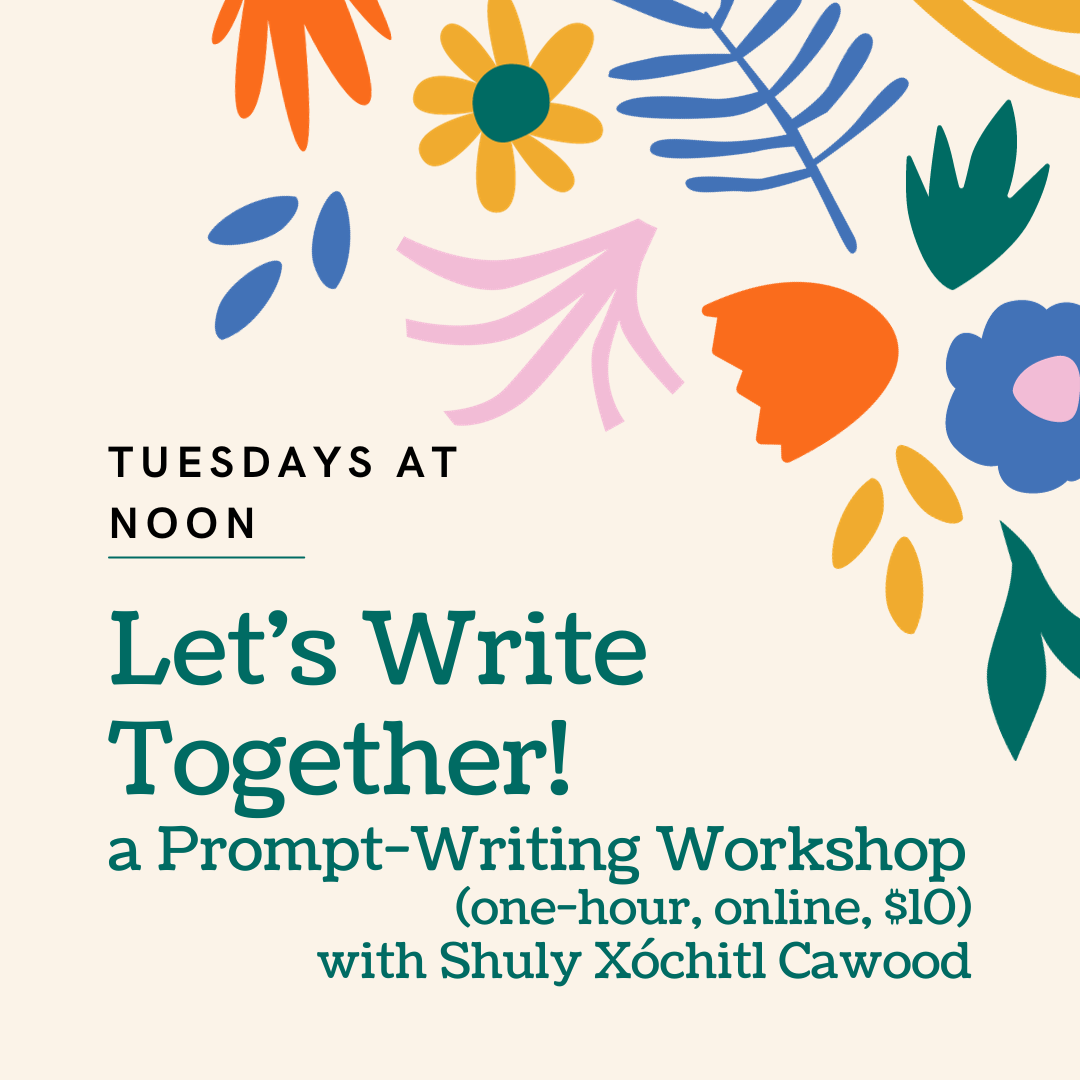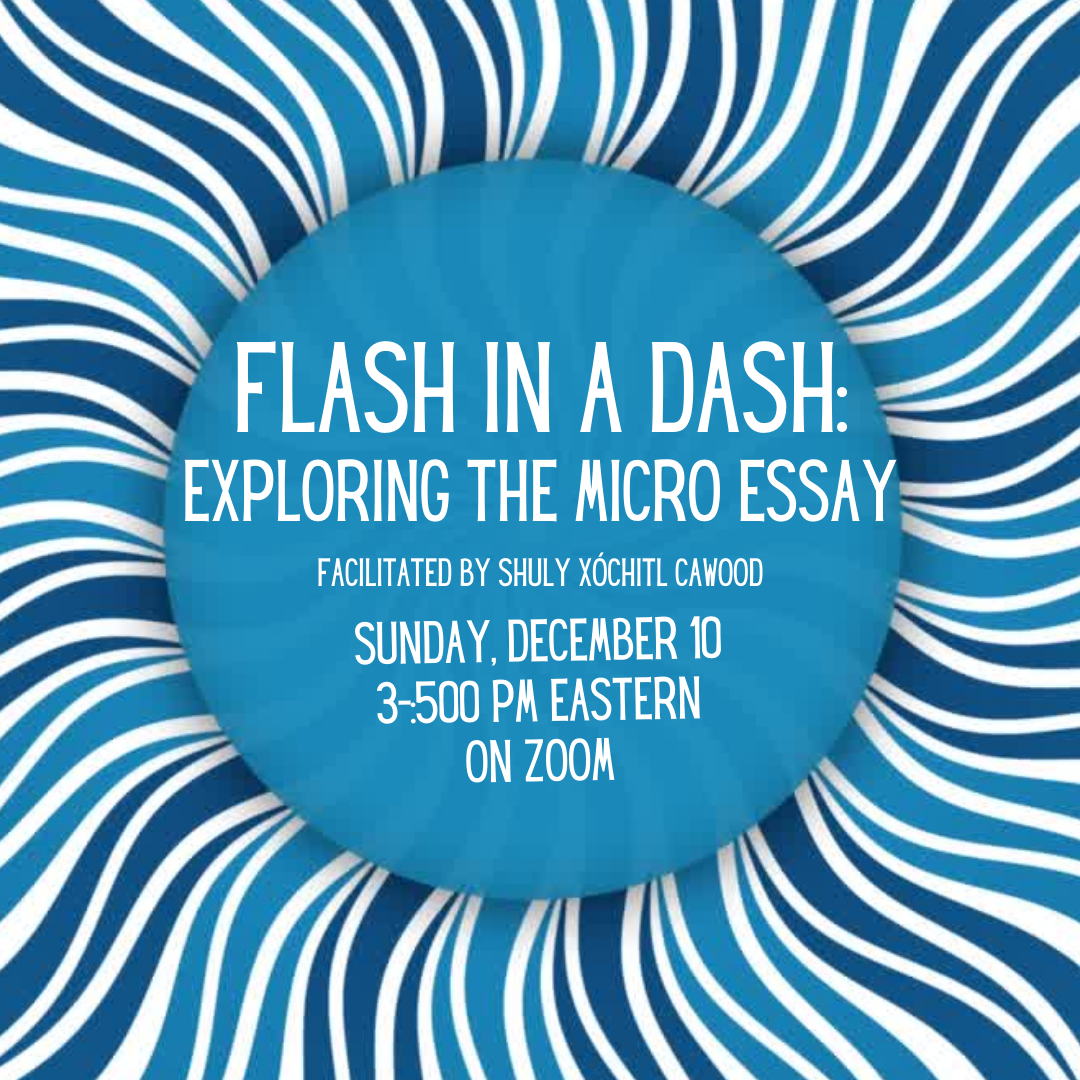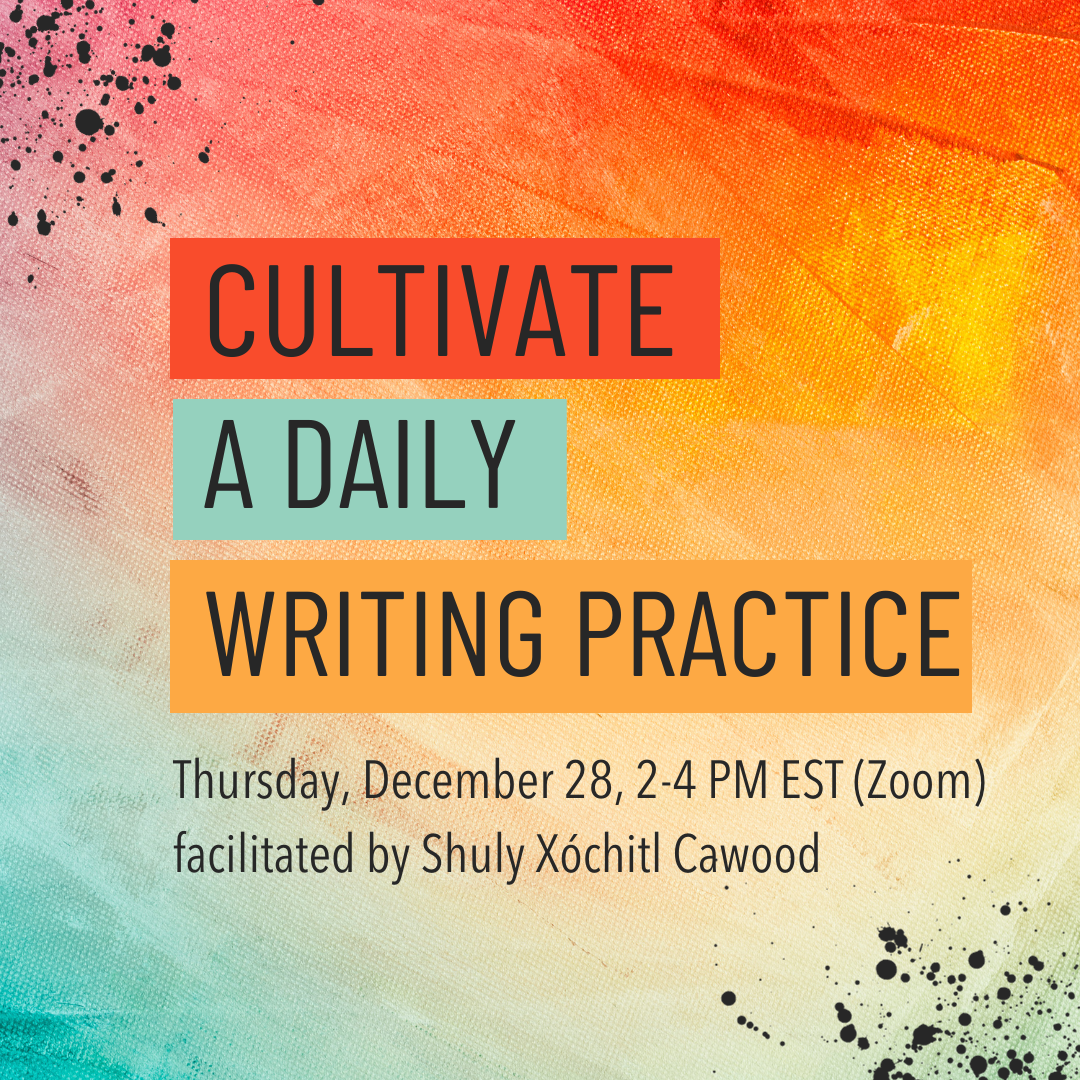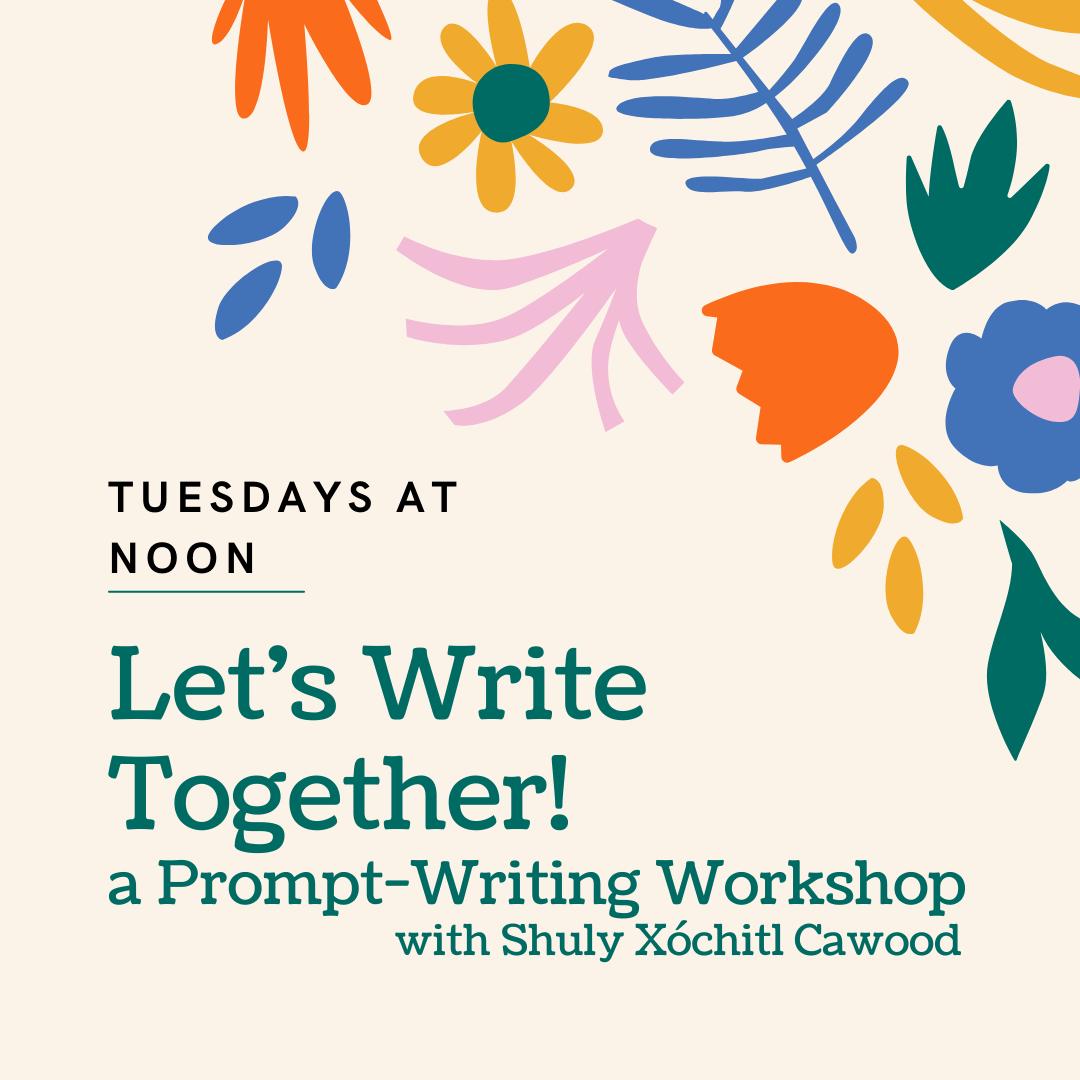Welcome to my annual blog post where I tell you how many rejections—and acceptances—I got when I submitted my writing to journals and magazines, and where I expound on the lessons gleaned from all this business of being a writer and making oneself vulnerable in this way.
The first thing I noticed after I tallied up the count was that I had received far fewer than my goal of 100 rejections a year —which would have required I make a minimum of 100 submissions. I did not. Not even close. Let’s just say 2023 was a year filled with more important matters, and submitting my work to lit mags was nowhere near top priority. That’s okay with me. Not all years are those kinds of years. I’ll just go ahead and confess here I sent out 49 submissions—nearly fifty, but even that would have only been half. The other reason I sent out fewer is I did not have a ton of work TO send out. With my latest poetry collection publishing this past fall, a lot of my newer (unpublished) work was in those pages.
I might as well cut to the chase: I received 34 rejections and (drum roll, please) 10 acceptances. That’s a pretty good ratio. I was trying to figure out why, and I realized that a lot of my acceptances were from journals that had already published my work before, so I had a better chance of getting my work accepted again because I knew their aesthetic. (Side note: for you math whizzes, if you’re wondering about the other five submissions, I withdrew them.)
One of the acceptances, though, was from a journal that had previously (starting in 2020) rejected my work 29 times. Did you see that number? TWENTY-NINE. You might be thinking, “Are you stupid? Why would you continue to send your work to a journal that has rejected your work that many times over three years?” And I will tell you why: they kept saying “we encourage you to submit again.” And I always tell other writers that if a literary journal tells you that, it means your work is close. Send again! So I took my own advice, which I try to (but don’t always) do.
Here are the life lessons gleaned from sending out my work in 2023:
1. Take some chances. I sent a piece out to a brand new publication. They took a risk on me, and I took a risk on them. Their first issue was beautifully put together, and I was glad, but even if it hadn’t been, I would still be happy to support a new journal. Also, I sent some poems into The New Yorker (again). Why not? If I don’t send them, they will surely never get in there.
2. If you don’t reach a goal, ask yourself why, but don’t beat yourself up for not doing it. This was not my year to send out a ton of work, but I prioritized family needs, and my family is way more important than my writing career and whether any poem of mine makes it out of the nest. Not all goals are created equal. Knowing what is most important matters.
3. Never let others decide how good you are (at anything). I don’t take rejections personally. Editors’ tastes are always subjective. You don’t want my essay or poem? What’s wrong with you??? Oops. I meant to write: That’s fine. Someone else will want that piece of writing, and that’s the journal where the piece is meant to be.
4. Rejoice in each acceptance, however small. The acceptances speak louder to me than the rejections, not because they have bigger mouths but because I listen to them better. (Most of the time.)
5. If you fall off the horse or the wagon or whatever the saying is of your choosing, dust yourself off and get back in the saddle or take the reins again—in other words, don’t give up (if you really want it). I know sending out my work has not been high on the list, but it’s moving up on the list, so I just sent more work out yesterday to a publication I have never submitted to before. We’ll see what happens.
And last: Dream big. Dream bigger.
I’m dreaming bigger in 2024, about everything. Are you?
(Photo credit: Alex Pudov)
I Will NOT Fall in Love with You
When we put down our beloved dog in September of 2022, I told my husband, “I need a two-year break from having dogs.” He didn’t altogether believe me. He thought I might change my mind.
“I won’t,” I said. “I know myself.” The door to that room was shut, and I wasn’t ready to open it.
Our dog had been wonderful—well-trained, sweet to people, and very bonded to us—and she’d had her challenges. She hated it when we left the house—she would start shaking when we picked up the keys to go, and she got so anxious that she started tearing up furniture when we left. We had to get medication to calm her. She was terrified of storms and beeps and any loud or sharp noises and eventually even plain ol’ rain. Sometimes she would be so scared she would literally try to climb us. And sometimes her anxiety would strike out of nowhere. Especially in the late afternoons, she would tremble below my desk, and I would feel helpless and sad. (And NO, THE THUNDERSHIRT DID NOT HELP.)
I worried about her every day.
She was terrified of the vet, and I hated taking her (though I loved the vet). She was terrified of the groomer (I couldn’t bear to drop her off, so we bought a grooming table and did it ourselves). She was increasingly terrified of more things, and travel became challenging. She would love a dogsitter and then get terrified of them. When we would book a trip, half of my heart was excited, and the other half dreaded leaving her behind, anxious and afraid.
But she was never terrified of us. She and I were extremely bonded, and since I work from home, we were used to being around each other 24/7. I still miss her every day now that she’s gone, but I knew I was not ready to take on another dog.
Still, my husband and I talked about what dogs we would get when the two years passed. We decided we wanted a bonded pair of small adult dogs—dogs past the puppy stage because, frankly, I did not enjoy the puppy stage. I wanted two small dogs who were already starting to calm down. And the bonded part was because we wanted two anyway, and I know it’s sometimes hard for places to adopt out two dogs together.
But as we talked and the months passed, I knew I was not ready. My two-year rule didn’t budge.
Then, six months after our dog died, my husband’s family member had a medical incident. This incident eventually propelled this family member to move temporarily into an assisted living/rehab place. She asked if we could temporarily take care of her two standard poodles—for just two to three months—until she healed. We said yes. I wanted to help and I knew it was the right thing for the moment even though I really wanted a dog-free life. I told myself two or three months wasn’t long.
The two standard poodles arrived. Standard means BIG. They were sweet but not leash-trained, they jumped on our furniture (which we don’t allow), and they weren’t used to being around strangers. One of them was terrified of new faces and places and especially of walking by parked cars. Thus began the Poodle Boot Camp. We walked them every morning, offering treats when they walked beside us and trying to recall all the training tricks we’d long forgotten because it’d been over a decade since we had had to train a dog. We took the poodles to as many new places as possible so they could be around strangers.
They improved, slowly, or maybe it just felt slow to me. I longed for the walks with just my husband when all we would do is talk to each other. I didn’t want to constantly be correcting or praising a dog. But this was our new (but temporary) normal.
I liked the poodles just fine, but I didn’t want to fall in love with them. It was easier to keep the door to all that closed. I wanted some emotional distance.
And, anyway, two or three months isn’t long at all.
Then, as the the family member recovered, she also started decorating her assisted living apartment. Buying furniture. Installing a TV. Getting plants, including one so big that someone else had to pot it for her and haul it in.
“This doesn’t feel like a two-to-three month thing,” I told my husband. I had mixed feelings: I wanted her in a safe place first and foremost. I wanted her happy, and she was—she was thriving in the assisted living place. But, but, but…what about my two-year break? Wah wah wah.
Eventually we all talked. She asked if we could we take care of the poodles longer, and if we did, she would figure out how to take care of them when we traveled, and she’d take care of vet visits and grooming appointments—all of these were my biggest sources of anxiety and concerns. In other words, we met halfway.
They’re still her dogs (which is fine with me and makes it all easier), but we’ve had the poodles living with us seven months now.
“How in the world did we end up with two standard poodles?” I ask my husband all the time. This wasn’t the plan.
But the poodles know our house, our yard, our schedule and rules. We have dog toys on the den floor, a kitchen shelf full of dog treats, and doggie beds all over. The poodles are bonded to me and yes, to my husband, but more to me since I work from home.
Everywhere I go in the house, they follow. They look for me, but in truth I also look for them.
“This is your fault, you know,” I told my husband not so long ago.
He knew what I meant: I loved them.
A door had opened, and then another, and there was a room and it was waiting for me, and I might not have been ready and it was probably too late to turn back.
It didn’t matter anyway. I was in.
Bright Lights, Big City? Or Is It Just Me?
When I told people what city I was about to go see, everyone said I would hate it. Why was everyone so sure I wouldn’t like where we were going for my husband’s conference? The truth is that for a few years this city had been on my wish list of places to see in the US: Las Vegas, the place where everyone says that what happens there, stays there. I wanted to know its secrets. I wanted to see this city in real life since I had only seen it in movies.
But to be honest, by the time the trip was coming up, I was tired enough that if someone had canceled the trip, that would have been okay. Life has had some heaviness lately, and mostly I wanted to crawl into bed. Not only did I not feel like going anywhere, but packing takes me more than a few hours—sometimes a few days. This was one of those trips, especially since I needed to pack conference clothes and free-time clothes, all while keeping in mind the temperatures would range from 70 to 100.
But Vegas! We landed, and boom! there were slot machines in the airport and gigantic screens and music blaring before we had even gotten to baggage claim. I’m big, I’m bold, get ready for the ride, the introduction seemed to say.
Turns out if you want to forget about your own life for a few days, Vegas is not a bad destination. We focused on the conference at first, but finally on day three we took the Monorail to The Strip.
I. Loved. It.
Yes, I said it. I loved that first walk, when we went into Caesar’s Palace and strolled through the casino then made our way to the hallway of the Forum Shops with its artificial, late-afternoon and dusky ceiling lighting, transforming an indoor space into a seemingly outdoor space. I kept having to remind myself that we were inside, which was to be taken to a reality that only partially existed. Have you ever needed that? To be magically transported. I was, that evening.
I liked seeing the gondola rides in The Venetian, eating gelato in the plaza, standing before the ubiquitous Welcome to Las Vegas signs, and later watching the Fountains of Bellagio dance and dance, as if they were humans, choreographed like a chorus line. I even choked up they were so beautiful. The world was moving too fast on The Strip to spend time mulling, which I am prone to do. Maybe most of all, I liked the feeling I got in some of the resorts that hadn’t been updated enough to lose their 80s and 90s sense of style. They somehow brought back a little bit of my youth and the feelings I had then about possibility and hope.
One night we went to the Neon Museum, and the best moments there were when we stood in front of a spectacularly large sign that had been brought back to life—the letters and lighting rendered glorious again.
I don’t need to return to Vegas. Once was enough. But I am grateful for the moments it gave me: eating taquitos with my husband in the Sahara, sharing a milkshake at Johnny Rockets, riding beside him on the Monorail and seeing the new giant Sphere lock its eyeball gaze onto us as if to say, I see you, but are you looking? Life can be a long ride. Better not let it pass you by.










